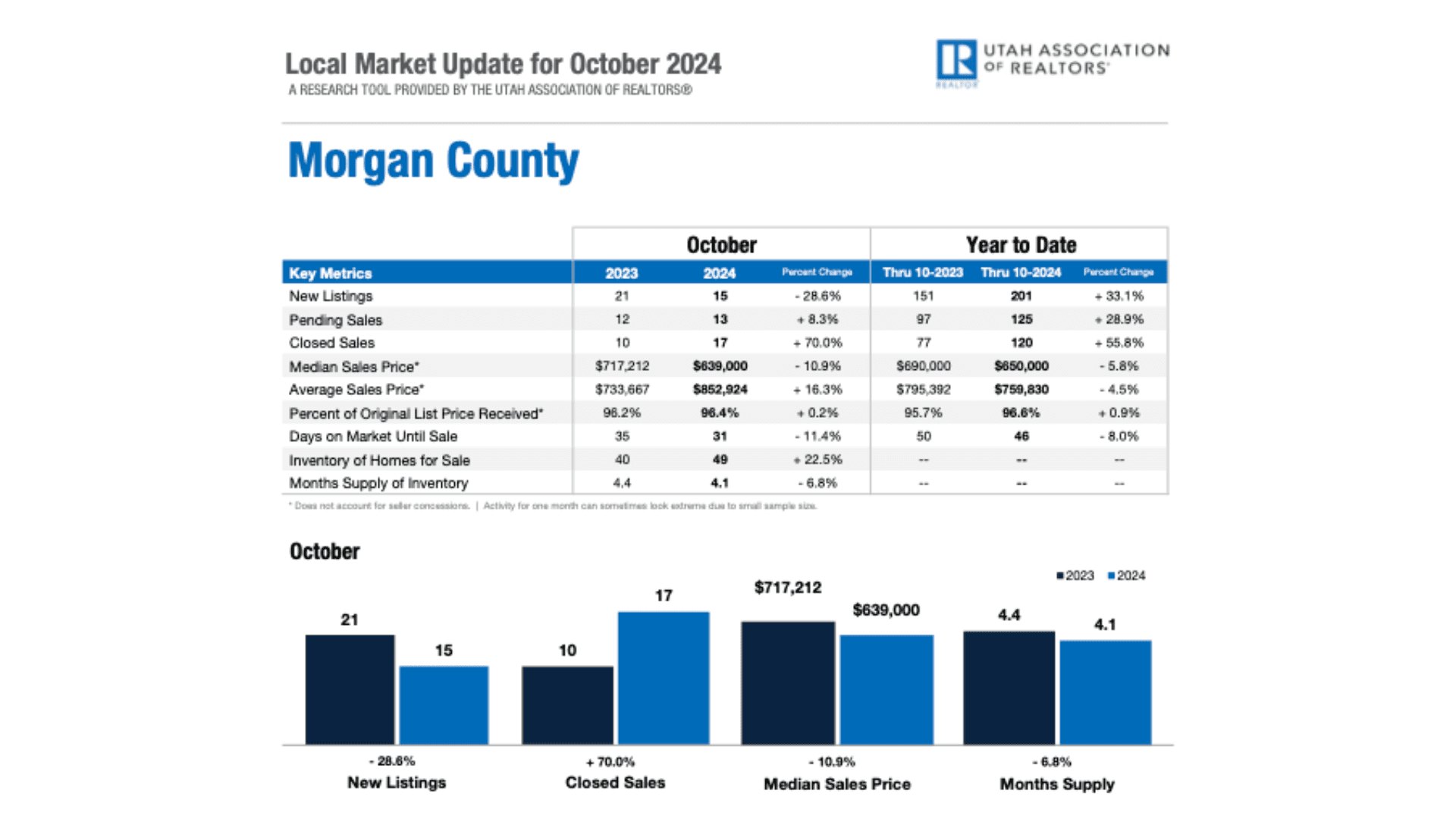Morgan County Real Estate Transactions Reported, Local Land Transfers Continue
The Journal Courier published its weekly list of recorded real estate transactions for Oct. 28 to Nov. 3, naming buyers, sellers, parcel descriptions and sale prices. The routine public records roundup highlights property activity across Waverly, Jacksonville and surrounding areas, and it matters to residents, realtors and local officials who track land use and tax base changes.
Listen to Article
Click play to generate audio

The Journal Courier this week published the routine county record of real estate transactions recorded in Morgan County for Oct. 28 to Nov. 3. The list supplies names of buyers and sellers, addresses or parcel descriptions and reported sale prices. Examples include sales in Waverly and multiple residential transfers in Jacksonville and nearby communities. The information is drawn from deeds and other instruments filed with the county recorder and is part of regular public records reporting.
For local readers the weekly posting is a practical tool. Homeowners and prospective buyers can monitor turnover and neighborhood activity, realtors and appraisers can verify comparable sales data, and community watchers can identify large value transfers or farmland sales that may signal shifts in land use. Because the entries are based on recorded documents, they provide a verified snapshot of who is acquiring property and at what reported price, subject to recording lags and the details in the deed text.
The broader market implications depend on the pattern over successive weeks. Individual transactions show where deals are closing, but aggregated data over months provides signals about supply and demand, pricing pressure and development trends. Notable farmland or larger dollar transfers are particularly consequential in Morgan County because agricultural land values affect the local tax base and can presage consolidation or changes in land management. Weekly lists like this feed into those longer term analyses by giving researchers and policymakers source level data to track.
From a policy and fiscal perspective, recorded sales influence property tax assessments and local revenue projections. Rising sale prices can lead to higher assessments at revaluation, while a cluster of transfers to out of county or corporate buyers may trigger conversation among county officials about land preservation, zoning and economic development goals. The county recorder process also ensures transparency, letting residents verify transactions without special access.
For most readers this publication is a routine but useful civic resource. Residents curious about recent activity in their neighborhood can consult the names and parcel descriptions to confirm transactions. Realtors can use the reported sale prices as one input among appraisal tools. And local leaders can look to patterns in the filings as an early indicator of changing demand for housing, farmland or commercial development. As always, readers seeking deeper analysis should view a single week of filings as a data point rather than a definitive trend.


